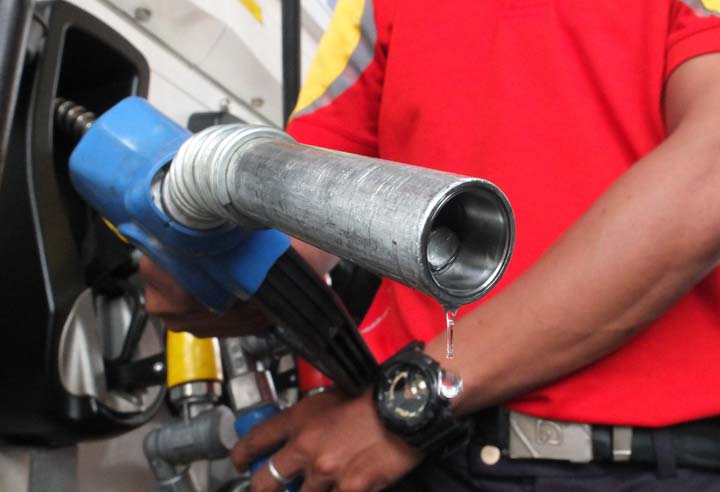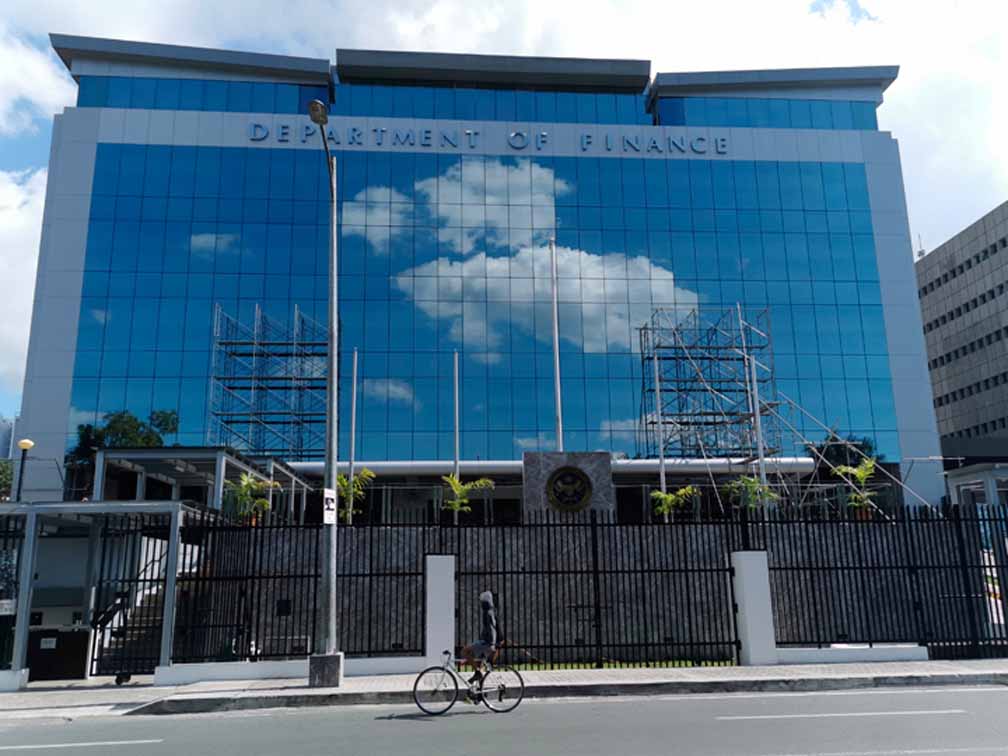THE Commission on Elections (Comelec) on Monday said it is eyeing more credible results for the 2019 midterm polls, as it implements reforms in the transmission process of its Automated Election System (AES).
During a press conference, Comelec Commissioner Marlon S. Casquejo said the source code for the transmission will no longer record election results upon its use, which may be used by unscrupulous individuals.
They had the feature removed since election outcomes should only be stored in the servers of the Consolidated Canvassing System (CCS), transparency server and their central server, he explained.
“Transmission router, as I have said, should only function as a gateway,” Casquejo said. He made the statement during the creation of the “trusted build” for the transmission source code on Monday.
“It has already undergone a source code review and they found no malicious programs or insertion,” Casquejo said.
The transmission source or script serves as the “meet-me-room” for various telecommunication companies for the purpose of transmitting results to ensure that the key servers receive the same results.2
New protocol
Casquejo said they will also be implementing their new protocol, which will ban the removal of the Secure Digital (SD) cards from the Vote Counting Machines (VCM) in case the latter fail to transmit.
“One contingency in the event the voting center fails to transmit [the election results], [is] they will go directly to the nearest voting center with a strong signal so that we could send the results directly from the VCM to the CCS and the transparency server,” Casquejo said.
During such a scenario, the VCMs will be guarded by the Philippine National Police (PNP) and the Armed Forces of the Philippines (AFP) and must be conducted in the presence of poll watchers.
Prior to the new protocol, he said the SD cards were removed from the VCMs, which puts it at risk of possible tampering, to be manually brought to other voting areas for transmission.
Casquejo, however, noted the relocation of the VCM is only their last resort if the satellite-based Broadband Global Area Network they will distribute in isolated areas will not function as intended.
Better transmission
THE Comelec said it is a targeting an over 97 percent transmission rate in the 2019 polls as it improves its partnership with telecommunication firms and Smartmatic, the company that won the contract for the transmission service.
“We would like to achieve a [transmission rate] of 97 percent to 99 percent. That is our target with more preparations and training for our electoral boards,” Casquejo said.
In previous automated elections, the Comelec recorded the following transmission rates: 91 percent in 2010; 76 percent in 2013; and almost 97 percent in 2016.
He said they will also continue their coordination with the PNP and AFP to monitor any attempt to sabotage transmission signal during the elections.
































